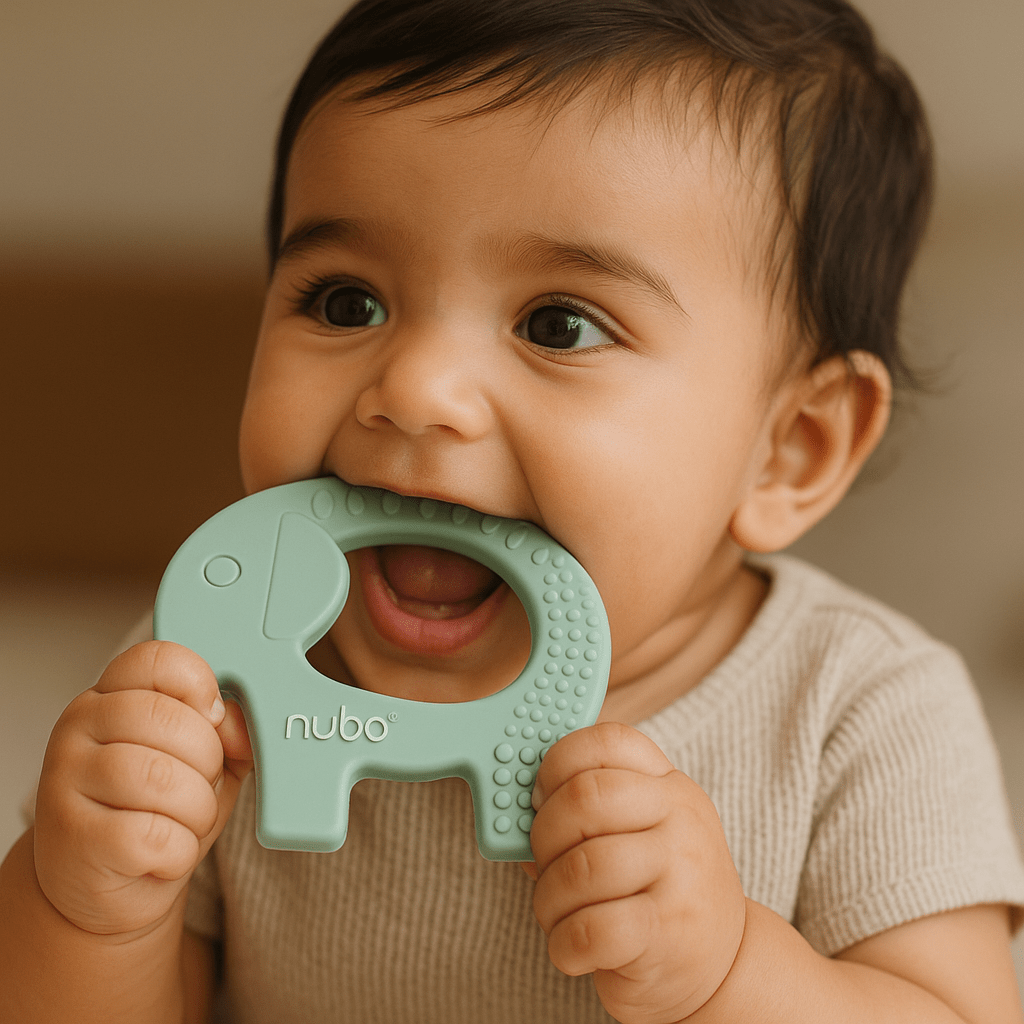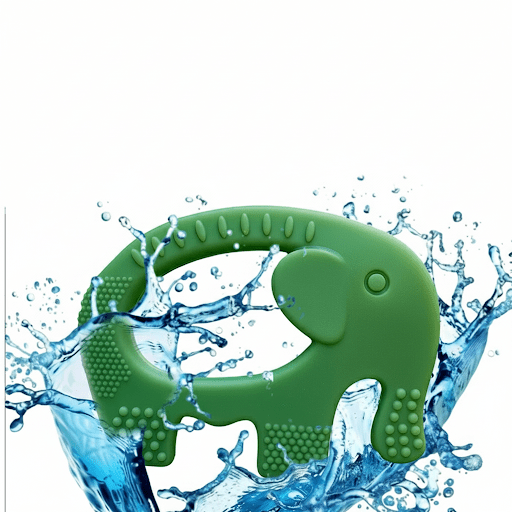5 Quick Checks to Spot Unsafe Baby Products Online (Before You Click Buy)
When you shop for your baby online, you're not just looking for a cute toy; you're looking for guaranteed safety. Unfortunately, the internet is flooded with cheap, uncertified products that skip vital safety checks—like testing for heavy metals or chemical migration.
To help you protect your child, we’ve boiled down the advice from safety experts and pediatricians into five quick checks you must perform before adding any baby product to your cart. These checks turn you into an informed safety inspector, ensuring your purchase is truly safe.

Check 1: Find the Mandatory BIS Certification (IS 9873)
This is the most critical safety check, especially for baby products sold in India. If the product image or description is missing the BIS logo and registration number, assume it's unsafe.
-
The Problem: Many online products show generic, non-mandatory labels (like "CE") or ignore certification entirely. These do not guarantee compliance with Indian standards.
-
The Solution: Always look for the BIS mark (Bureau of Indian Standards). For teethers and toys, this must comply with the standard IS 9873. This mark proves the product has passed mandatory mechanical, flammability, and chemical safety checks.
-
Actionable Tip: If the seller avoids showing the BIS number or mark, move on. nubokind clearly displays our certification because transparency builds trust.
Check 2: Demand "100% Food-Grade Silicone" (And Avoid the Vague)
The material is the core of the product's safety. Vague descriptions hide dangerous fillers and chemicals.
-
The Problem: Cheap materials like soft plastic, PVC, or low-grade rubber are high-risk for chemical migration (leaching of toxic compounds) like BPA and Phthalates when heated or chewed.
-
The Solution: The description must explicitly state "100% Food-Grade Silicone." This material is naturally non-toxic, highly durable, and safe to sterilize without degrading.
-
Actionable Tip: Avoid descriptions that use vague terms like "non-toxic plastic" or simply "rubber." If they can't specify the grade of silicone, they likely used a cheaper, less safe alternative.
The nubokind Guarantee: Our teethers use only the purest food-grade silicone, tested under BIS IS 9873 to be completely BPA, Phthalate, and Lead-free, eliminating the risk of chemical migration.
Check 3: Filter Reviews for Chemical Red Flags
Online reviews are helpful, but you need to know which specific comments indicate a safety failure.
-
The Problem: Low-quality materials often reveal their toxicity or instability after a few days of use.
-
The Solution: When looking at 1- and 2-star reviews, specifically search the text for these red-flag keywords:
-
"Sticky" (Indicates cheap fillers or material degradation).
-
"Smell" (Indicates a chemical odor or poor curing process).
-
"Flaking" or "Broke" (Indicates mechanical weakness and potential choking hazards).
-
-
Actionable Tip: If multiple reviews mention an abnormal chemical smell or the material flaking off, the product is unsafe—do not buy it.
Check 4: Apply the Minimalist Design Test (Choking Hazard Prevention)
Pediatricians endorse simple designs because fewer parts mean fewer risks.
-
The Problem: Overly complex toys with intricate seams, small appendages, or multiple detachable pieces are primary culprits in choking incidents. Bacteria also thrives in crevices and hidden joints.
-
The Solution: The safest design is a single-piece construction—no detachable parts, no hidden seams. The shape should be large enough that it cannot accidentally be fully inserted into a baby's mouth.
-
Actionable Tip: If the product looks like it has tiny components or many pieces glued together, it's a high-risk choking hazard. Always choose simple, integrated designs.
Check 5: Question the "Too-Good-To-Be-True" Price
While budgeting is important, safety should never be discounted.
-
The Problem: Manufacturing a high-quality, BIS-certified teether requires expensive pure materials (like premium silicone) and costly, mandatory lab testing. Cheaper products cut corners on both.
-
The Solution: Recognize that a price significantly lower than certified, established brands means the manufacturer likely skipped essential safety procedures—like testing for heavy metals or using non-food-grade materials.
-
Actionable Tip: View your purchase as an investment in safety. Paying a reasonable price for a certified item is far less costly than the risk of exposure to toxins from a cheap, unverified alternative.


